This article was co-authored by Rebekka Mars. Rebekka Mars is a Life, Meditation, and Yoga Coach as well as the Founder of Modern Meditation™. She's located in Sarasota, Florida and also works online with people all around the world. With over ten years of experience, Rebekka specializes in Yoga, meditation, and personal training to help clients embrace their body, mind, and soul to find calmness and balance in everyday life. She holds a BA in English from Lindenwood University and has over 1000 hours of Yoga training, holding her ERYT500 certification. Rebekka also serves as a keynote speaker on the topic of modern mindfulness speaking in person and virtually.
There are 11 references cited in this article, which can be found at the bottom of the page.
wikiHow marks an article as reader-approved once it receives enough positive feedback. In this case, several readers have written to tell us that this article was helpful to them, earning it our reader-approved status.
This article has been viewed 264,825 times.
We all know that getting enough sleep is extremely important to both our mental and physical health, but sometimes falling asleep can be a real challenge! Meditation is a great way to help get those ZZZ's your body needs. There are many different styles of meditation that work to promote sleep, and studies have shown that they are all quite effective. [1] This article will teach you a few different meditation techniques that are proven to help people fall sleep. Try one or try them all, and find the method that works best for you!
Steps
Using Guided Meditation to Sleep
-
1Understand guided meditation. In guided meditation, you listen to an audio track of a person reading meditation instructions to you, and simply follow along with your thoughts. This is an excellent introduction to meditation for those who have never done it before and don't know where to start.[2]
-
2Find a guided meditation track for sleeping. There are many free guided meditations for sleep available on the internet as downloadable audio files, podcasts, and YouTube videos. You can also purchase sleep meditation CDs at any major bookstore, or online.
- Look for a guided meditation CD or file that has good reviews, or comes from a reputable source, such as MIT Medical, which provides a number of audio file downloads designed to help you fall asleep. [3]
- If you download a free file, it is a good idea to listen to it once before bedtime to make sure the file is intact and doesn't include any hidden surprises, like advertisements at the end.
Advertisement -
3Prepare your audio setup. Get ready to sleep, and set up the device you will be using to play the guided meditation next to your bed. Adjust the volume settings beforehand.
- Be sure to set the device's sleep mode or power saver settings so that the device will turn itself off after the recording has finished.
- It is not advisable to use headphones for a guided sleep meditation, since ideally you will fall asleep before the recording is over, and you don't want to get tangled up in the cords in the night.
-
4Get ready and start the recording. Put on your pajamas, darken the room, and get comfy in bed before you hit play. Then relax and listen, and prepare for a night of restful sleep! If you don't fall asleep after the first play-through, take a few deep breaths and begin again.
Using Progressive Muscle Relaxation to Sleep
-
1Understand progressive muscle relaxation. Progressive muscle relaxation is a meditation technique in which you systematically tense and relax different muscle groups in your body to promote awareness of your body, and an allover state of relaxation. Progressive relaxation can be used day or night for general relaxation, but is especially helpful for promoting sleep at night. Performing the full progressive relaxation exercise should take between 10 to 15 minutes.[4]
-
2Get comfortable. Put on your pajamas and ready for bed. Darken your room, lie down, and adjust your pillows and blankets until you are fully comfortable.
-
3Close your eyes and begin to relax. Take a few deep breaths, and quiet your mind. Begin focusing on your body, and tell yourself that it's OK to relax.[5]
-
4Tense and relax your muscles. Begin at the top of your head, and work your way down in the order described. Tense the muscles just enough to feel the tension, not so much that you feel pain. After five seconds of tension, relax the muscles you are working on. (Some people find it helpful to think or quietly say the word "relax" for this part.) After 10 seconds of relaxation, move on to the next muscle group, and repeat the process.[6]
- Forehead. Wrinkle your brow or raise your eyebrows up like you are surprised, then relax.
- Eyes and nose. Close your eyes tightly in a squint, then relax.
- Mouth, cheeks and jaw. Stretch your mouth open, as in a yawn, or make a wide grimace, then relax.
- Hands. Clench your fists, then release them and relax.
- Wrists and forearms. Hold your hands up like you are pushing an invisible wall and tense, then relax.
- Upper arms. Flex your biceps, then relax.
- Shoulders. Raise your shoulders towards your ears in a shrug, then relax.
- Back. Arch your back gently, then relax.
- Stomach. Tighten your stomach muscles like you are "sucking it in," then relax.
- Hips and glutes. Flex your glutes, then relax.
- Thighs. Tense your thigh muscles above the knees, then relax.
- Ankles and feet. Flex your feet, raising your toes as high as you can, then relax.
- Toes. Curl your toes as tightly as you can, then relax.
-
5Return to any muscles that are still tense. Repeat the process of tensing and relaxing 3 to 4 times on any muscles that still feel tight or tense.
-
6Enjoy the feeling of relaxation, and let yourself drift off to sleep. If you still feel tense, or are not quite asleep, repeat the process once more, beginning at the top of your head, and progressively working back down to your toes.
Using Mindfulness Meditation to Sleep
-
1Understand mindfulness meditation. During mindfulness meditation, you will pay focused and intentional attention to the way you are feeling, in order to relax the body and mind. It is important not to judge or analyze the thoughts and feelings that pop into your head while performing mindfulness meditation, just note them and let them go by. The center of your focus should be the physical sensations you are experiencing in the present moment, as you lie in bed.[7]
-
2Lie down and get comfortable. Get ready for bed, darken your room, and prepare to go to sleep.[8]
-
3Breathe. Begin your meditation by taking 5 long breaths, in through your nose, and out through your mouth. Focus on the sensation of breathing, as your chest expands and your lungs fill with air. As you breathe out, imagine exhaling the events and thoughts of the day along with the air.[9]
-
4Check in with your feelings. Take a moment to reflect on how your body and mind are feeling. Take your time with this step and don't become concerned by the flood of thoughts that may occur, just take a few moments to observe them and let them rush by.[10]
- This is not the time to try to solve problems. If you feel yourself worrying about something, just observe the concern and move on. You can try to work out solutions to issues the next day, when you are well-rested and refreshed.
-
5Focus your on attention on your physical body. Begin by concentrating on the points of contact between your body and the bed. Is your weight equally distributed? Think about how your head is resting on your pillow, and how the blankets lie against your feet. Listen to any sounds you can hear, including your own breath. Observe the temperature of the room, and the way the air is circulating around your face.[11]
-
6Think about how your body feels. Does it feel light or heavy? Are you experiencing any tension or pain? Mentally scan your body from head to toe, thinking about areas of tension, and intentionally tensing and then relaxing them, as you might do in a progressive muscle relaxation exercise. Repeat the body scan process several times, if needed, to relax any tense muscles.
-
7Focus again on your breathing. Pay attention to the rhythm as you inhale and exhale. Focus on the physical sensations of breathing, and the sounds that your breath makes. If your mind starts to wander, return to the focus of the rising and falling of your chest.[12]
-
8Review the events of the day in a structured fashion. Take a few minutes to remember and relive the way your day unfolded, from the moment you got up in the morning, to the present moment. Fast-forward through the day, observe and recollect conversations and what you did, but don't analyze or overthink.
-
9Return your focus to your body. Once your review of the day has caught up with the present, where you are lying in bed, return to the sensations of your body and your breath.
-
10Switch off your body. Beginning with the toes of your left foot, think about each part of your body for a moment, and give it permission to "switch off" or "go to sleep." Travel from your toes, up your leg, to your waist, then repeat with the other leg. Then continue to check-in with your torso, and each arm, beginning with your finger, and working your way up to your shoulders and neck. Finish with your throat, face and head.
-
11Enjoy the feeling of relaxation, and allow yourself to drift off to sleep. With your body at rest, your mind will soon follow. Allow your thoughts to wander as they will, knowing you will wake up feeling refreshed and relaxed.
- Many people fall asleep long before this last step. If you have not, don't worry. Just remember that your body wants to sleep as much as you do, and that it will eventually happen. Just relax and try not to force it.
Expert Q&A
-
QuestionCan meditation help you sleep?
 Rebekka MarsRebekka Mars is a Life, Meditation, and Yoga Coach as well as the Founder of Modern Meditation™. She's located in Sarasota, Florida and also works online with people all around the world. With over ten years of experience, Rebekka specializes in Yoga, meditation, and personal training to help clients embrace their body, mind, and soul to find calmness and balance in everyday life. She holds a BA in English from Lindenwood University and has over 1000 hours of Yoga training, holding her ERYT500 certification. Rebekka also serves as a keynote speaker on the topic of modern mindfulness speaking in person and virtually.
Rebekka MarsRebekka Mars is a Life, Meditation, and Yoga Coach as well as the Founder of Modern Meditation™. She's located in Sarasota, Florida and also works online with people all around the world. With over ten years of experience, Rebekka specializes in Yoga, meditation, and personal training to help clients embrace their body, mind, and soul to find calmness and balance in everyday life. She holds a BA in English from Lindenwood University and has over 1000 hours of Yoga training, holding her ERYT500 certification. Rebekka also serves as a keynote speaker on the topic of modern mindfulness speaking in person and virtually.
Meditation & Yoga Coach A lot of people like to meditate in the evening or right before bed because they find it helps calm their nervous system down so they sleep better. However, for other people, it's better to meditate early in the day because it can energize your mind.
A lot of people like to meditate in the evening or right before bed because they find it helps calm their nervous system down so they sleep better. However, for other people, it's better to meditate early in the day because it can energize your mind.
References
- ↑ https://www.ncbi.nlm.nih.gov/pmc/articles/PMC6557693/
- ↑ https://my.clevelandclinic.org/health/articles/17906-meditation
- ↑ http://medweb.mit.edu/wellness/resources/downloads.html
- ↑ https://www.utoledo.edu/studentaffairs/counseling/anxietytoolbox/pmr.html
- ↑ http://www.cci.health.wa.gov.au/resources/docs/Info-PMR.pdf
- ↑ https://www.utoledo.edu/studentaffairs/counseling/anxietytoolbox/pmr.html
- ↑ http://greatergood.berkeley.edu/topic/mindfulness/definition
- ↑ http://www.huffingtonpost.com/2013/07/15/meditation-in-action-mindfulness-sleep_n_3586716.html
- ↑ https://news.harvard.edu/gazette/story/2018/04/less-stress-clearer-thoughts-with-mindfulness-meditation/
- ↑ https://www.nhs.uk/mental-health/self-help/tips-and-support/mindfulness/
- ↑ https://www.helpguide.org/harvard/benefits-of-mindfulness.htm
- ↑ https://news.harvard.edu/gazette/story/2018/04/less-stress-clearer-thoughts-with-mindfulness-meditation/
- ↑ Rebekka Mars. Meditation & Yoga Coach. Expert Interview. 11 September 2020.
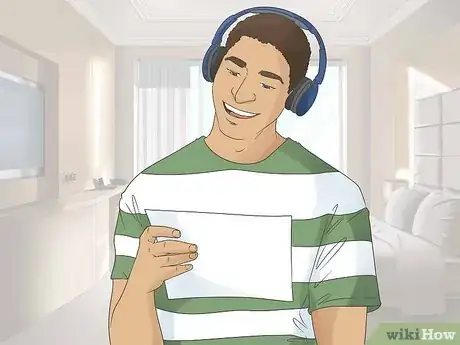
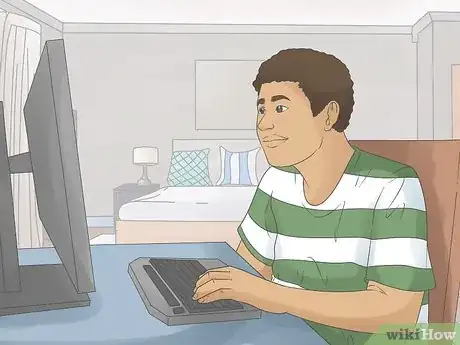
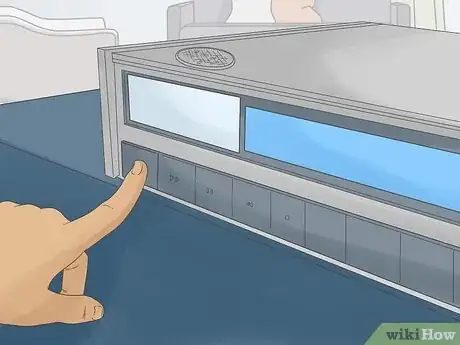
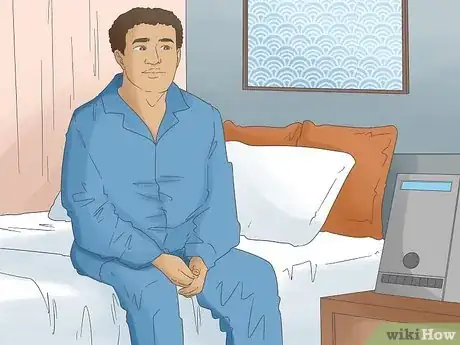
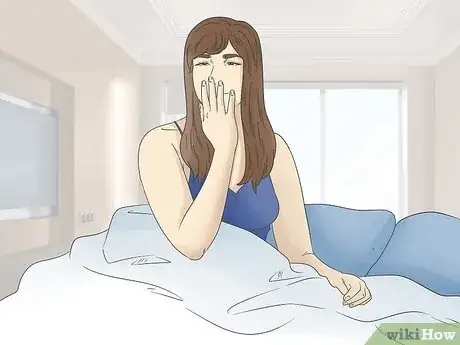
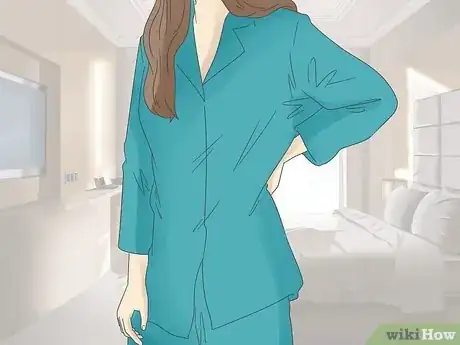
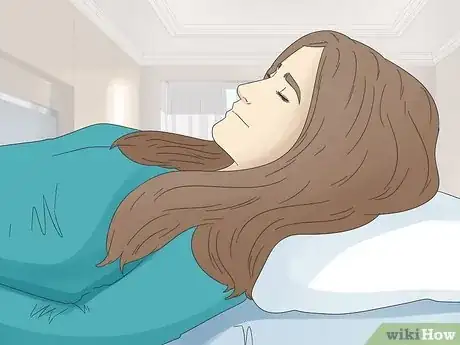
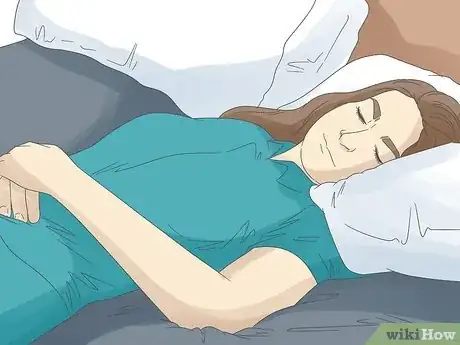
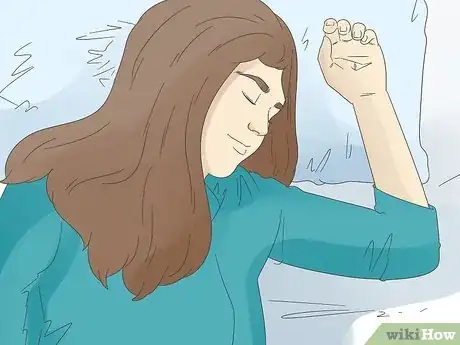
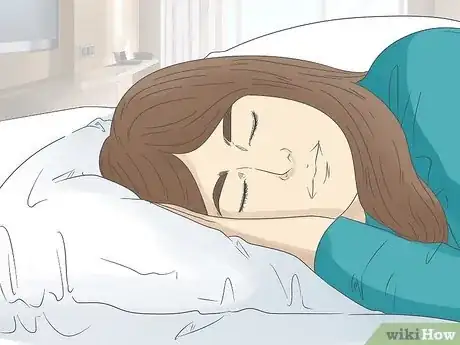
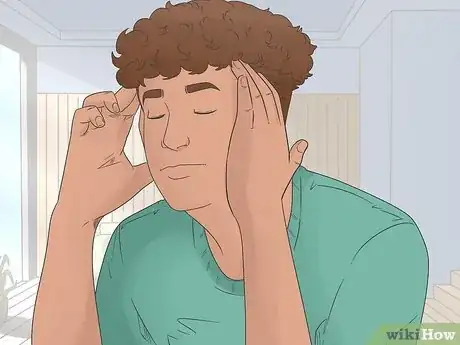

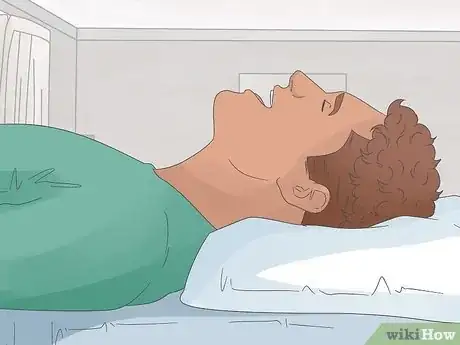
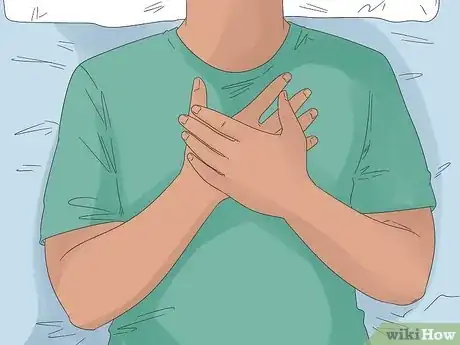
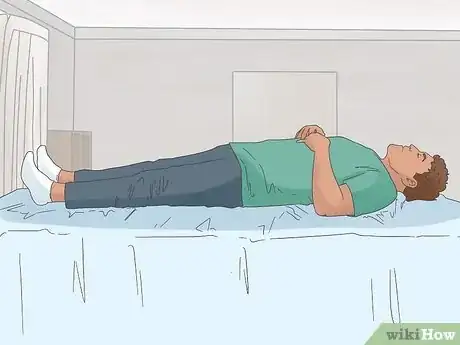
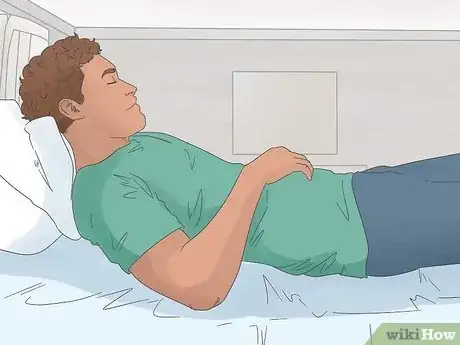
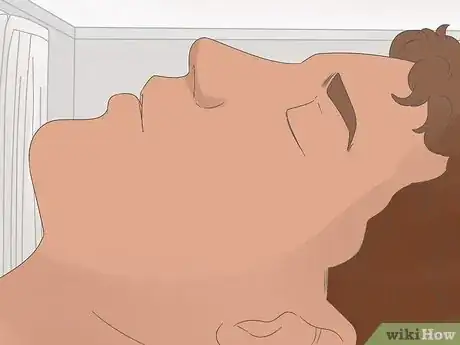

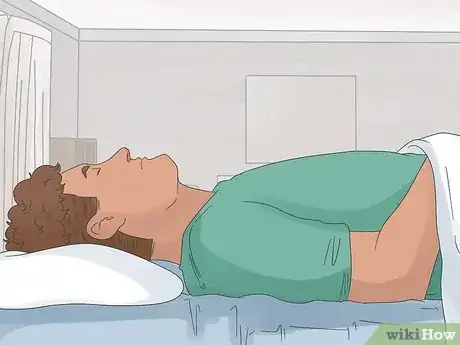


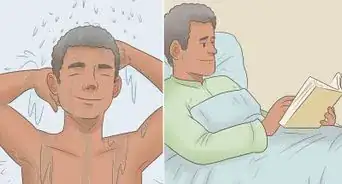




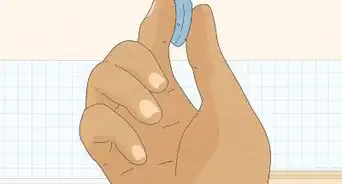
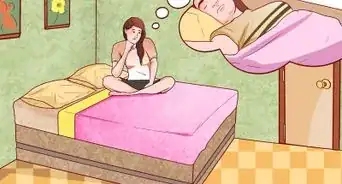




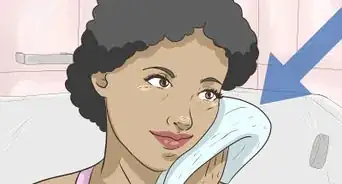












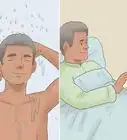






































Medical Disclaimer
The content of this article is not intended to be a substitute for professional medical advice, examination, diagnosis, or treatment. You should always contact your doctor or other qualified healthcare professional before starting, changing, or stopping any kind of health treatment.
Read More...